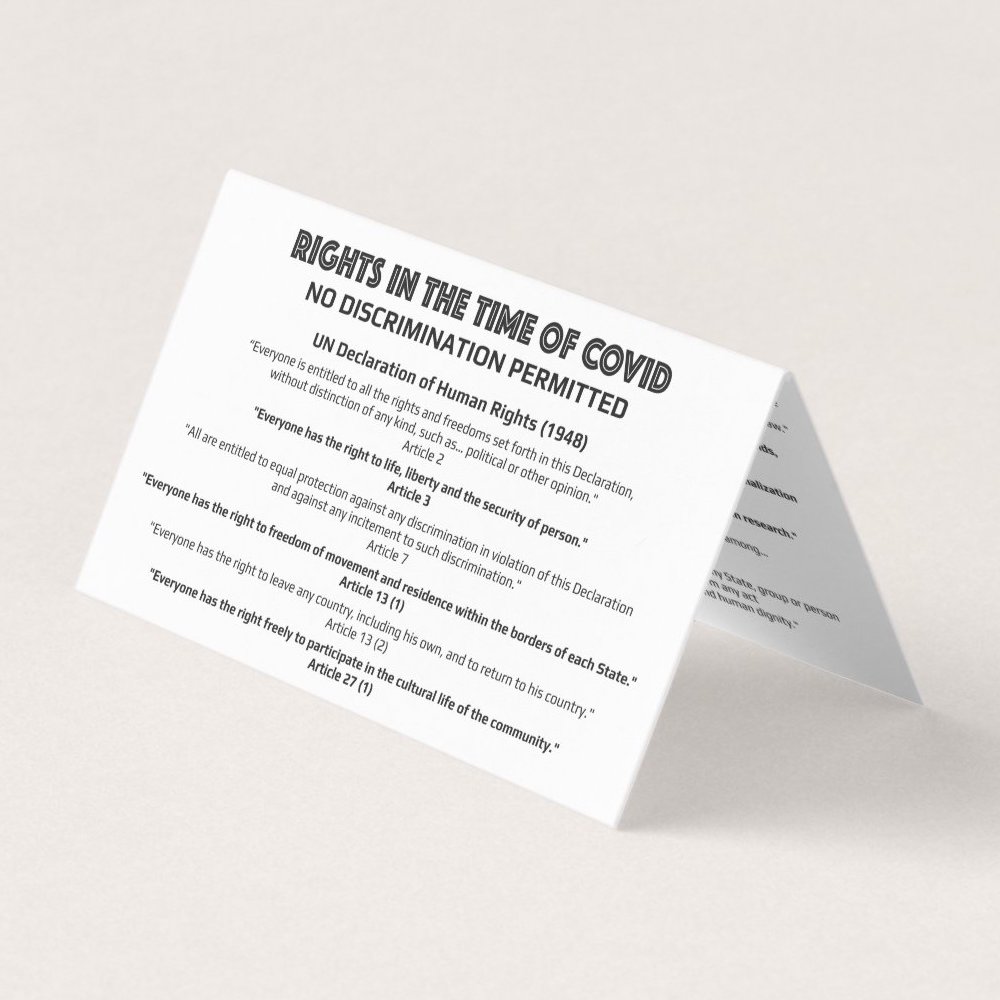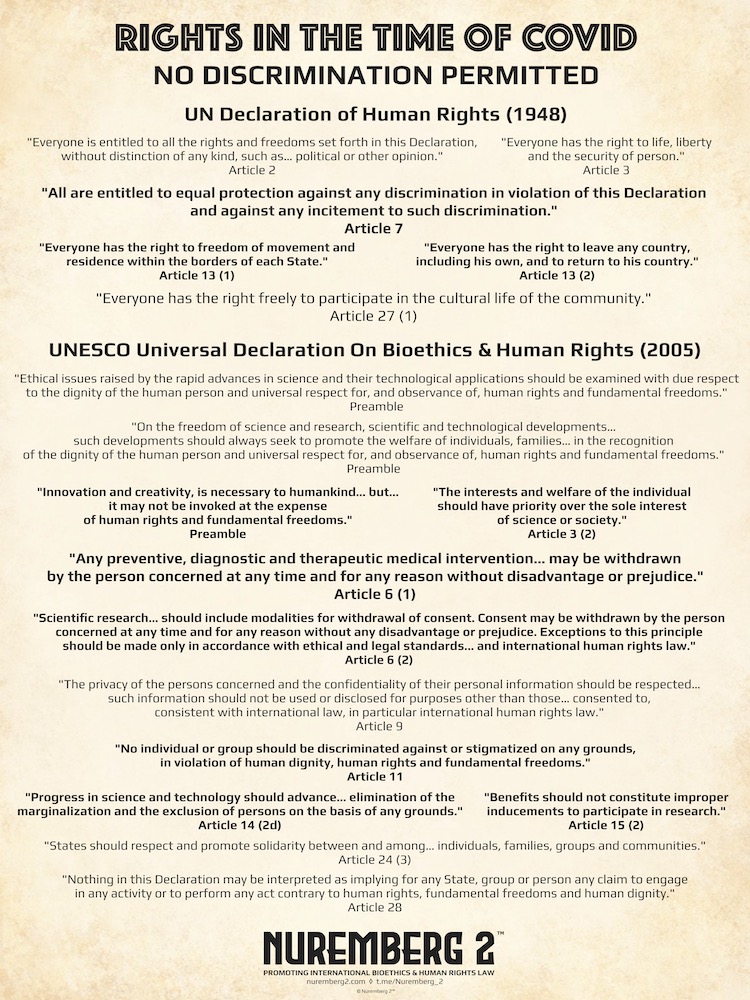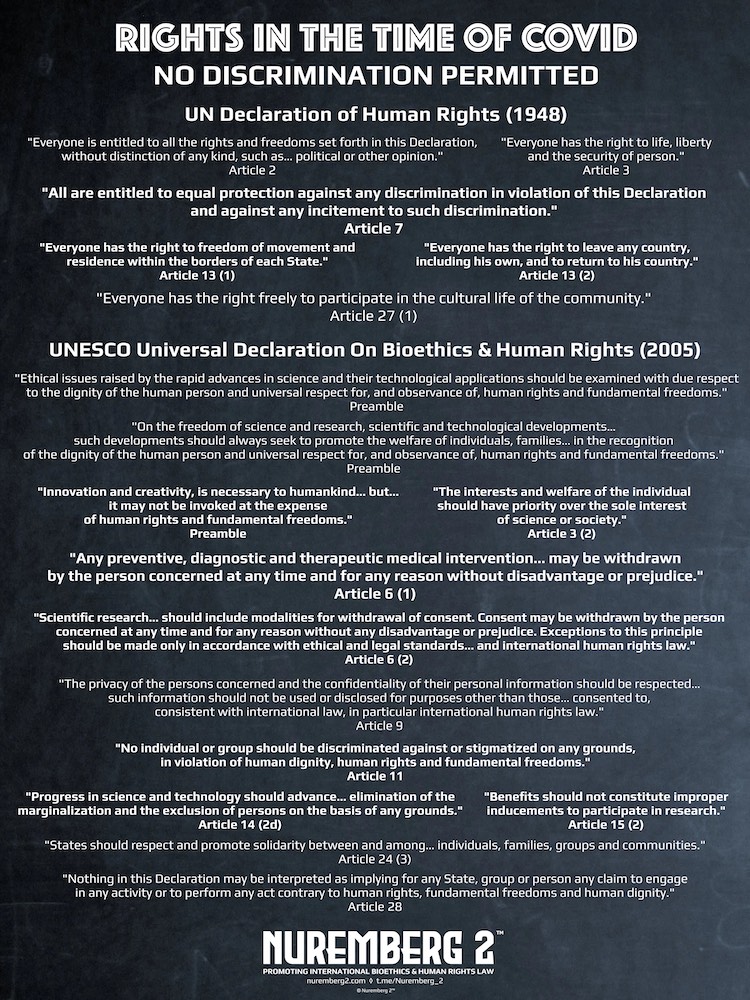Human Rights vs Anti-Human Rights
Society has two opposing sides. They are not races. They are not genders. They are not religions. Nor are they ideologies, cultures or political systems. All such notions of humans opposing other humans are first manufactured, then stoked, and finally promoted so that they endure. These fabricated social divisions exist in order to conceal the only real division within society. The division between the human being and the non-human entity: the institution; the corporation; the State.
Human Rights do not regard any right of the institution or the collective, for the institution and the collective are not human beings. They are nothing more than artificial formulations of imagined groups. Only the individual is a human being. Only the individual is capable of feeling and thought. Only the individual is real.
Whilst there are an infinite amount of human groups that may be imagined, there is only one individual. It is you and it is me, and it is each and every one of us. The real beauty of Human Rights is that as soon as you give a right to one individual, you give it to every single individual on the planet. However, when society begins to give rights to a group of individuals, by default, it begins to take those same rights away from every individual that is not in that group.
Human Rights never commit this wrongdoing of ‘group think’, and that is why Human Rights not only supersede civil and political rights, but moreover, they make them completely obsolete.
Since their formal conception in 1947, Human Rights have only brought about a more civilised society. When people begin to shout about Human Rights, good things happen in the world. People come together in opposition against that which opposes the sovereign existence and freedom of the individual; of any individual; of every individual. The perpetrator could be a corporation, an organisation, the State, any institution, or a representative of such non-human social entities, but one thing is for sure, Human Rights will always protect and defend every individual without prejudice or favouritism. For this reason, Human Rights are as close to perfect as any law could be.
In stark contrast, civil rights always divide human society, with one conceived group attacking a conceived opposition. The more groups that are given civil rights to protect them against other groups, the more divisions are manufactured, and the more society becomes a tiered system of those who are given certain rights over those who are not. Whereas Human Rights are calm, timeless and instinctive, civil rights always have a political agenda in tow. For this reason, nobody has ever considered Human Rights as being a movement, but everyone understands the term ‘civil rights movement’. Human Rights are static because they are obvious, innate and true, whereas civil rights are always restless, socially disruptive, and very often lead to violence.
In 1966, the International Covenant on Civil and Political Rights was introduced. It seemed essential to its proponents that civil rights and political rights should be combined into one formal covenant. This was because the patrons of the covenant were interested only in redressing the balance of power away from the rights of the individual – as championed by the Nuremberg Code 1947 and the UN Universal Declaration of Human Rights 1948 – by introducing rights for all non-human social entities, being those endorsed factions of society, relating to gender, race, religion, and politics.
This covenant was, in essence, the State’s response to Human Rights. It was the international introduction of ‘non-human rights’.
A quick look into the wording of the International Covenant on Civil and Political Rights (1966) compared to, perhaps, the three most important International Human Rights conventions, tells an obvious truth.
The Nuremberg Code (1947) mentions ‘The State’ ZERO times.
UN Universal Declaration of Human Rights (1948) mentions ‘The State’ ZERO times.
UNESCO Declaration on Bioethics and Human Rights (2005) mentions ‘The State’ ZERO times.
In comparison, the International Covenant on Civil and Political Rights (1966) mentions ‘the State’ 61 times!
Is it any wonder that the mainstream media, which has no affiliation or loyalty to the people as sovereign individuals, but much devotion to the ideology of Statism, relentlessly waxes lyrical about ‘civil rights’, but rarely mentions ‘human rights’?
Understanding these monumental differences between Human Rights and civil rights is so important if you wish to remain free of the relentless agenda to bring about totalitarian control of the people by the State in collaboration with corporate and institutional bodies of power.
You can bring to an end the orchestrated divisions in society, all manufactured to turn human against human, and to destroy the natural harmony that exists between people, by solidly promoting International Human Rights, and by only supporting, promoting and condoning the rights of the individual, and not the rights of any conceived group. Remember, by respecting every single individual equally, without prejudice or favouritism, as expressed by Human Rights law, you have absolutely no need whatsoever to give a moments thought or care to civil and political rights, which are not only wholly inferior, but are also divisive, dissolute and dispensable.
As always, for a better world, just keep it simple.

SUPPORT THE WORK OF NUREMBERG 2™
BY MAKING A SINGLE OR MONTHY DONATION
THANK YOU!
Nuremberg 2™
The World’s No.1 Promoter
of
Bioethics & Human Rights Law
TAKE ACTION NOW!
‘The Pledge’
Establish whether or not they support and adhere to International Bioethics and Human Rights Law.
Are they prepared to sign a declaration that publicly confirms their full adherence to
International Bioethics and Human Rights Laws?
Click to Learn More About
‘The Pledge’
Ways to Promote Human Rights
TABLE INFO CARDS
“Rights in the Time of Covid”
POSTERS
“Rights in the Time of Covid”
T-SHIRTS & STREETWEAR
MUGS & DRINKWARE
THANK YOU!







